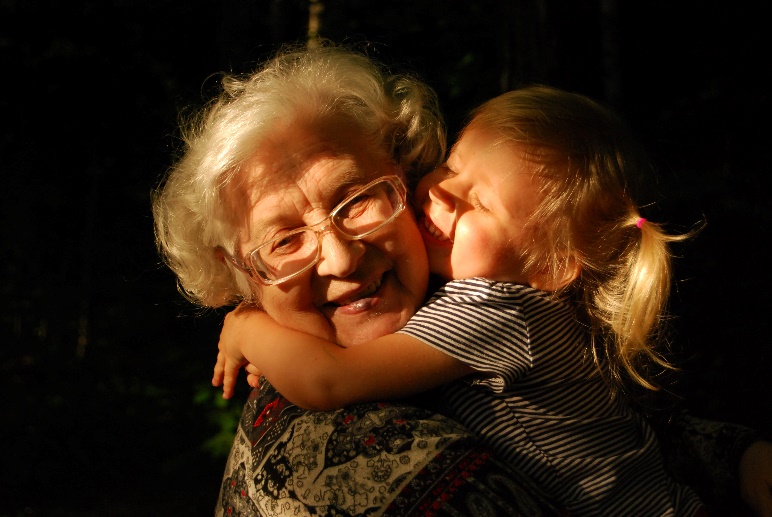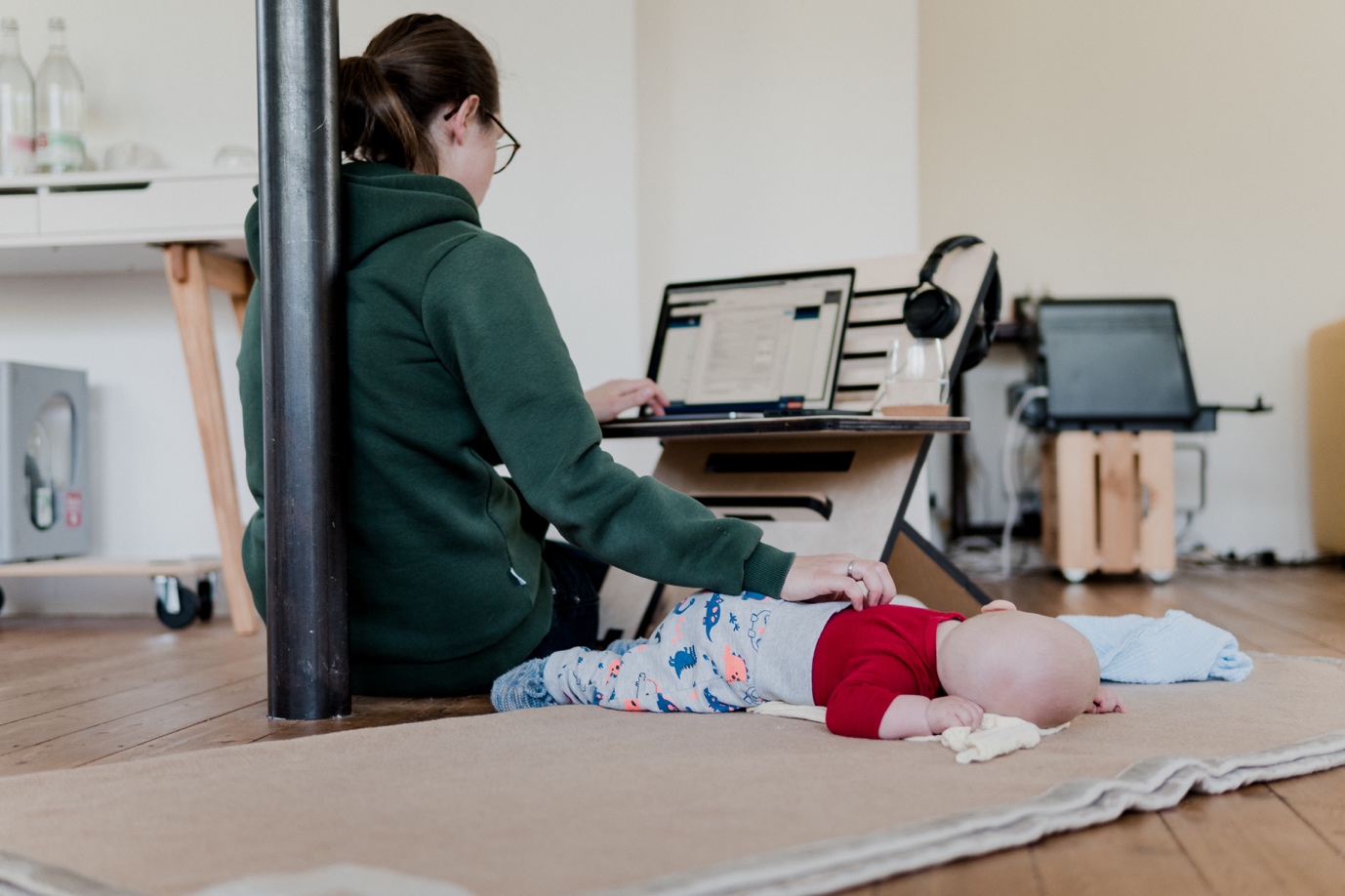
The importance of family members caregiving for older adults during COVID-19
October 22, 2020
When paid work invades the family: Single mothers and the pandemic
December 12, 2020By: Silke Staab, Constanza Tabbush, and Laura Turquet
Covid-19 has sent an already fragile care economy even deeper crisis mode. While most business activities ground to a halt during lockdown periods, paid and unpaid care have increased both in intensity and significance. With the mass closure of schools, nurseries and daycare centers families witnessed a massive shift of childcare responsibilities into their homes, with women taking on the lion’s share. For older persons and persons with disabilities safely obtaining the care they need became an even greater challenge and exposed the long-standing neglect of the long-term care sector in many countries.
What are governments doing to address these challenges? New data collected by UN Women and UNDP for the Covid-19 Global Gender Response Tracker suggests: not nearly enough. While many governments have taken far-reaching measures to help businesses weather the crisis, prevent large-scale job losses and protect people from falling into poverty, support for care has remained at the margins of economic and social policymaking. Out of a total of over 1,300 social protection and labour market measures, for example, only 8% address unpaid care through provisions like extended family leaves, shorter or flexible work time arrangements, compensations for school and daycare closures, emergency childcare services for essential workers, support for long-term care facilities or home-based care services for older persons and those with disabilities.
A striking two-thirds of countries and territories analyzed (146 out of 206) register no measures to support unpaid care. Those that do are largely concentrated in developed countries (Europe, North America, Australia and New Zealand) as well as Latin America and the Caribbean, likely a reflection of pre-pandemic investments and priorities. Indeed, the most common response by far has been the extension of paid family leave schemes. Thirty-six countries have taken this step, including Chile which granted extensions of up to 90 days to parents on parental leave, building on a 2011 reform that extended the paid leave period from three to six months and made attempts to reach a greater share of vulnerable workers. Another twelve countries introduced cash-for-care schemes that compensate parents for school and daycare closures. In Italy, for example, private-sector workers with children below the age of 12 were eligible for vouchers of up to €1,200 to pay for babysitting hours or summer camps, with health sector workers receiving up to €2,000.
Countries have also provided some, albeit insufficient support for care services. Costa Rica, for example, maintained its public childcare services network open during lockdown to support essential workers, while Canada and Denmark supported the creation of emergency childcare facilities at the provincial and municipal level. Austria has responded to staff shortages in the long-term care sector by channeling additional resources to nursing homes and scaling up home-based care, while Serbia has raised the wages of long-term care workers in acknowledgement of higher occupational health and safety risks. Despite these positive examples, the global response clearly falls short of addressing the severe care crisis that Covid-19 has catalyzed.
In addition, as many countries are experiencing a severe second wave of infections, and new lockdowns are being rolled out, there are major questions about the sustainability of some of the measures put in place. Australia has launched three rescue packages since the start of the pandemic which in exchange for public funding, required private childcare facilities to remain open and provide their services free of charge. But, much to the dismay of childcare advocates, most of these measures have now been discontinued.
Part of the problem is that these emergency measures in Australia, as elsewhere, are built on such a weak foundation. Childcare services were already underfunded and unaffordable for too many families before the pandemic. In many developing countries, the little childcare available is often small-scale and community-based. There is evidence that many of these providers are struggling to avoid going out of business or lack the necessary resources to re-open safely. Yet, they’re often sidelined when fiscal support to is rolled out – with the effect of putting further strain on an already patchy childcare services network.
The global tracker is an important tool in the hands of gender equality advocates showing the persistent neglect of unpaid care in COVID-19 responses across the globe. By showcasing positive examples, it also clearly signals to policymakers that it does not have to be this way. Despite its contributions, however, it leaves many questions unanswered: have the measures captured in the tracker been adequately funded, implemented and sustained over time? What is their impact on gender relations? Why do we see such wide variations across countries and regions in terms of their responses to unpaid care other gender issues in the context of the pandemic? As such, the tracker is also a gold mine for researchers and we hope it will provide a starting point for further analysis, including through correlations with other datasets and more in-depth comparative studies.

